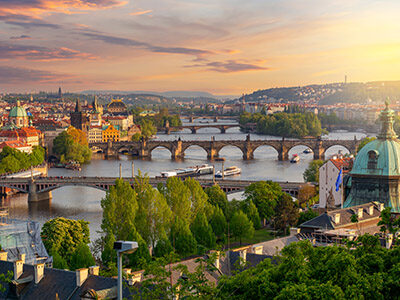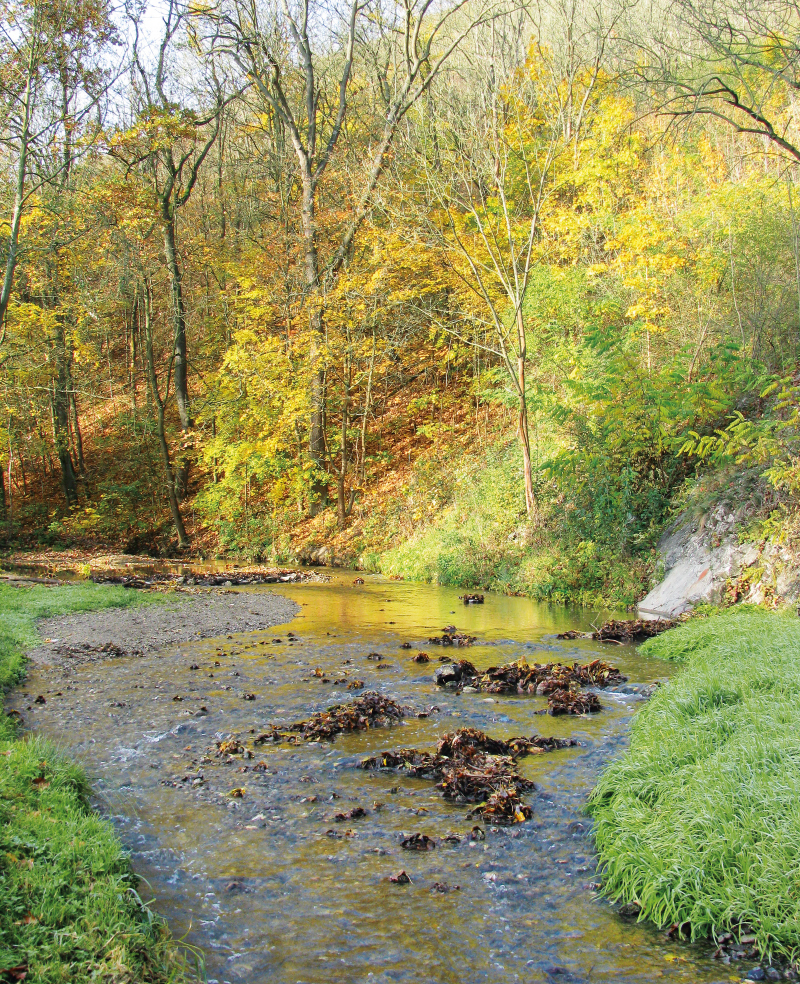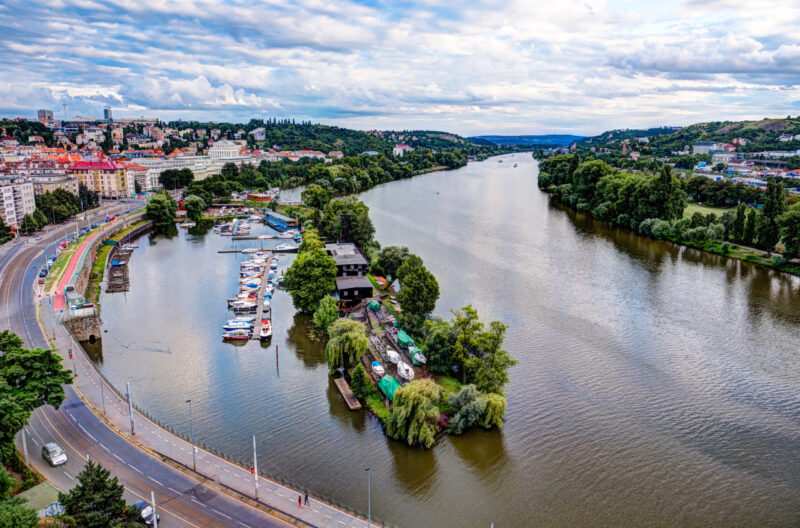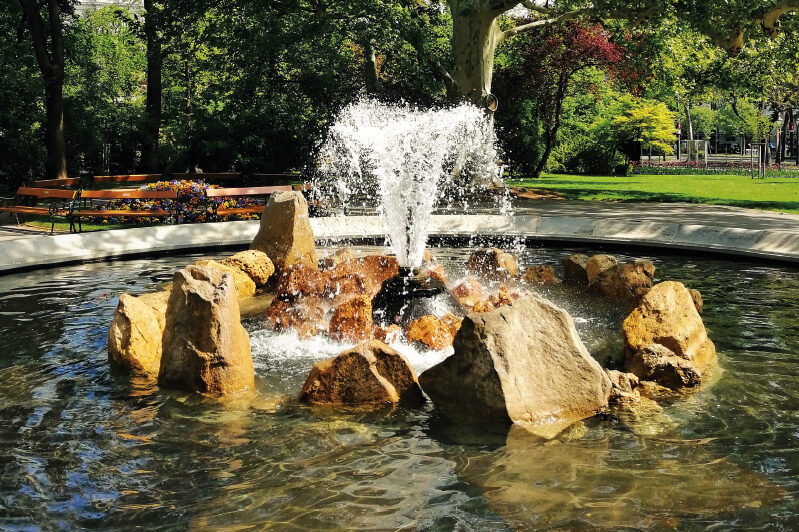The influence of Prague on water quality in the Vltava and the Czech Elbe
Paper deals with the development of water quality of the river stretch of Elbe between the confluence Elbe/Vltava and the Hřensko/Schmilka on the frontier Czech Republic/Federal Republic of Germany in the period 1980–2020 and with the influence of Prague City on its pollution. After the significant improvement in the period 1985–2000, the quality of water discharged through the profile Hřensko generally complies with the German level at least. Assessment of the transport budgets shows that Vltava river contributes more to the system only as having higher water discharges. Prague City contributes to the pollution of Vltava and Elbe only by discharge of phosphorus, for the rest of common pollution items it functions only as a non-significant source.




